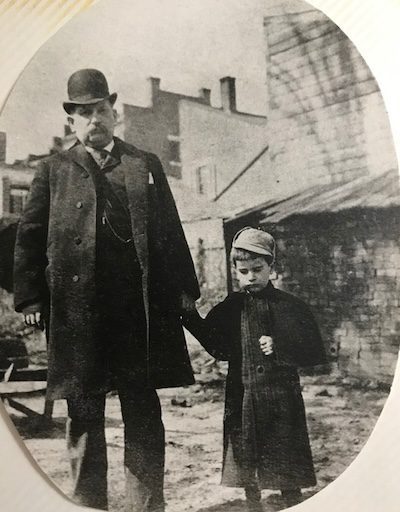Introduction
Park Agnew, a name synonymous with Alexandria’s industrial growth and political dynamism, left an indelible mark on the city’s history. Born in 1847 as John Park Agnew, he became better known by his abbreviated moniker, Park Agnew. His life story is one of entrepreneurial success, civic leadership, and familial devotion. This article delves into the life and achievements of Park Agnew, shedding light on his multifaceted roles in the development of Alexandria.
Early Life and Entrepreneurial Spirit
From a young age, Park Agnew exhibited a strong entrepreneurial spirit inherited from his family. He was the son of John P. Agnew, who was often referred to as John Park Agnew’s father. In 1867, at the age of 20, Park Agnew received recognition as a communicant through examination, marking the beginning of his journey in both faith and business.
Industrial Ventures and Coal Business
Park Agnew’s influence extended to various industrial sectors. He played a pivotal role in the Alexandria Marine Railway and Ship Building Co., serving as its president. The company’s yard and wharves at the south end of Union Street became a hub of maritime activity under his leadership. Additionally, he managed the Sinclair and Agnew Gas and Coal Co., effectively continuing his family’s coal business. This venture thrived during the 1880s along the Georgetown, Alexandria, and Baltimore waterfronts.

Economic Successes and Contributions
Park Agnew’s notable achievements are exemplified by his thriving coal business, a testament to his shrewd business acumen. His success in this venture not only cemented his financial prosperity but also highlighted his skill in navigating challenging times. Further showcasing his business savvy, his company, J. P. Agnew & Co., constructed the “William T. Hart,” a four-masted schooner. This endeavor marked a historical moment on the Potomac River, underlining Agnew’s significant contributions to the industry.

Political and Civic Engagements
Park Agnew’s influence extended beyond business. He actively participated in the political and civic life of Alexandria. His tenure as the Postmaster from 1890 to 1894 showcased his commitment to public service. Agnew’s dedication to the Republican Party was evident through his roles as the Chairman of the Republican State Committee for Virginia and as a City Alderman from 1887 to 1888.
Legacy and Enduring Impact
The Agnew family residence at 308 South Pitt Street stood as a symbol of their prominence. While the residence is no longer present, its legacy lives on through the parking lot for The Basilica of St. Mary. Park Agnew’s contributions also extended to cultural and community institutions, such as his involvement with the Alexandria Library Company and his leadership in the Relief Hook and Ladder Fire Company.

Conclusion
Park Agnew’s life embodies the spirit of a visionary industrialist, a dedicated public servant, and a devoted family member. His multifaceted contributions to Alexandria’s growth and development earned him a lasting place in the city’s history. Park Agnew’s legacy continues to inspire those who value entrepreneurship, civic engagement, and the pursuit of excellence.
PARK AGNEW
1847 – 1910
Descendants of the Agnew family still make their home in Alexandria as of the present day.
Sources of Information
Brockett, F. L., & Rock, G. W. (1883). A Concise History of the City of Alexandria, VA, from 1669 to 1883 with a Directory of Reliable Business Houses in the City. Gazette Book and Job Office.
Pippenger, W. E. (1992). Tombstone Inscriptions of Alexandria, Virginia: Volume 1. Family Line Publications.
Unpublished Works:
Dahmann, D. C. (2002). The Roster of Historic Congregational Members of the Old Presbyterian Meeting House.